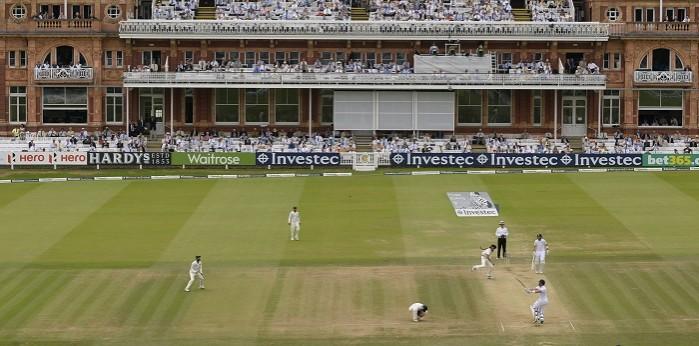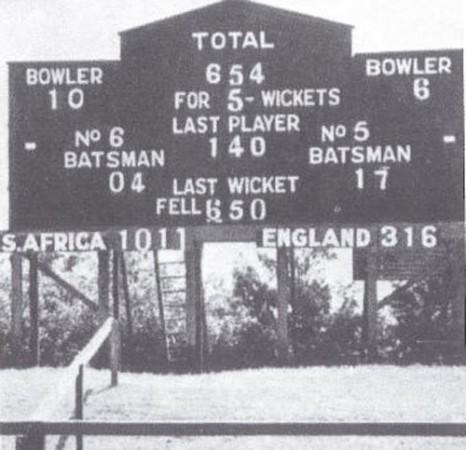
There was a time in international cricket when Test matches used to be timeless. In other words, they went on till a result was achieved. This produced some very interesting contests. It also resulted in very high scores.
In 1939, a timeless Test saw the England team almost achieving an incredibly improbable result. This Test was played at Durban and had the English team taking on the hosts South Africa. The match began on March 3 and ended on the 14th of the month. The toss was won by the home team and they decided to bat first.
They put up a very impressive first innings score of 503 all out. The top scorer was opener Peter van der Bijl who scored 125. The other centurion in this innings was Dudley Nourse with 103. England couldn't quite respond with equal ferocity and could only manage a score of 316. Nobody got a century for the English team and their top-scorer was the legendary wicketkeeper-batsman Les Ames.
Going into the third innings of the match with a lead of 214, South Africa didn't relent and put up another impressive score of 481. The captain of the South African team Alan Melville scored a hundred while three other batsmen scored half-centuries. So, England now had a target of 696 to win the Test.
This was the last game of the tour and England were leading the series 1-0. Since there was no restriction of time, playing for a draw wasn't really an option. The hosts must have sensed a great opportunity to level the series.

But cricket isn't called the game of glorious uncertainties for no reason. The English team came up with a splendid performance. Len Hutton, one of the greatest English batsmen of all time, scored a half-century and was the first man dismissed when the score was 78. Then, the other opener in the side, Paul Gibb, along with no. 3 Bill Edrich put up a partnership of 280 runs.
While Gibb scored 120, Edrich went on to notch up a double century. The captain of the English team Wally Hammond came in at no. 4 and added 89 runs with Edrich before the latter was dismissed for 219. But the runs kept coming. The next batsman, Eddie Paynter, also joined the run-fest by scoring 75.
Hammond and Paynter added 164 for the fourth wicket. When Paynter was dismissed, the score was already 611. It increased to 650 when Hammond was dismissed as the fifth man out. After 218.2 overs, England were at 654/5 and needed only 42 more runs to win. The dependable Les Ames was at the crease along with Bryan Valentine.
Unfortunately, that's where the match had to end. The English team was set to sail home in a steamboat. On March 14, the tenth and eventually, the last day of the match, rain halted England's progress towards an incredible win. With the Second World War on the horizon, there was no possibility of having an 11th day of the match. Hence, the game had to be concluded as a draw.
The current World record for highest successful chase in Test cricket is 418 – by West Indies against Australia in 2004 at Antigua. If rain hadn't come in the way, the record created by England would have stayed till the present day.
















